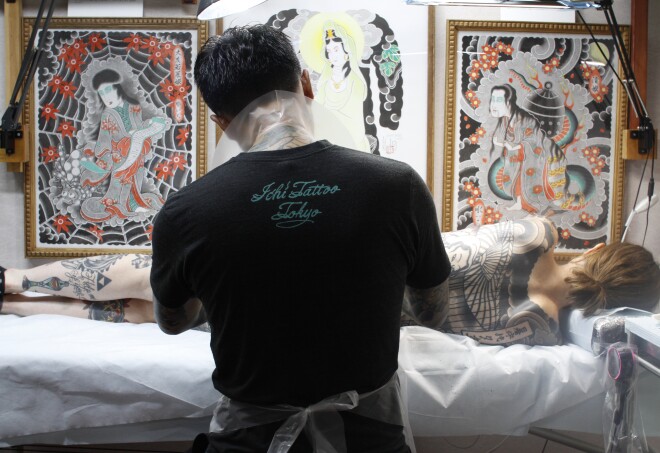Overview
Can’t miss things to do in San Antonio
Two of San Antonio’s iconic landmarks, the Alamo and River Walk, can be found downtown within walking distance from each other. Downtown is also home to many other major sites, including museums, monuments, and buzzing plazas like Market Square and La Villita. Beautiful Spanish architecture and picturesque scenery lie further down the river at the San Antonio Missions National Historical Park. Beyond its colonial roots, San Antonio is home to some charming Victorian neighborhoods. The King William Historic District, a short stroll away from downtown, has a mix of trendy restaurants and shopping off South Alamo Street. In Southtown, the Blue Star Arts Complex is a vibrant spot to view art and grab a bite by the river.
Food and drink to try in San Antonio
San Antonio’s dining scene is exceptionally varied. As expected, there is an amazing selection of taquerias, cantinas, and food trucks to satisfy Tex-Mex fans. River Walk offers a variety of family-style and upscale restaurants in scenic surrounds. The city is also home to a Culinary Institute of America campus, which has put it on the map as a foodie destination. Top chefs who are drawn to San Antonio’s casual vibe and love of down-home cooking have started opening restaurants with innovative menus that place an emphasis on quality ingredients. Most of these establishments can be found in the trendy King William and Southtown neighborhoods, just south of downtown, where visitors can eat side by side with locals.
Culture in San Antonio
For centuries, San Antonio has been a city where multiple cultures have coexisted and thrived. Its heritage is a mélange of Mexican Indians, Spanish settlers, Franciscan monks, cowboys, and German immigrants. During the 20th century, many American military bases set up shop, making the San Antonio area the second largest military complex after Washington, D.C. This cultural richness has fostered a strong sense of community and pride that is manifested in the city’s laid-back attitude, tight-knit neighborhoods, and flourishing art scene. A visit to the Institute of Texan Cultures provides visitors with an in-depth introduction to the city’s history and its multicultural roots.
Shopping
San Antonio has some excellent shopping experiences for visitors. The Pearl is a mixed-use center converted from an old brewery that houses a smattering of local boutiques selling apparel, jewelry, kitchenware, books, and stationery. One of the city’s best farmers’ markets takes place there every Saturday in front of the old Brewhouse. Collectors willing to travel to the outskirts of town can sort through junk and treasures at the Ironside Antique Mall or Bussey’s Flea Market. Downtown, La Villita Historic Arts Village has a number of galleries that sell quality folk art and crafts. For Western wear, Lucchese has earned a reputation for producing handmade cowboy boots and leather accessories.
Practical Information
With mild temperatures all year long, there’s not really a bad time to visit. Spring and fall have the most comfortable weather for exploring, visiting parks, and participating in festivals. The city gets the most crowded in the summer, even though that’s when the heat and humidity are highest. San Antonio’s downtown is compact and easy to explore by foot, taxi, or bus. Most city attractions are located within the circular highway, Loop 1604. To the north lie many museums and the scenic, affluent neighborhoods of Monte Vista and Alamo Heights. The old Spanish missions are sprinkled in southeast and most of the theme parks are situated on the outskirts of town. Those planning to visit theme parks and Hill Country will want to rent a car.






